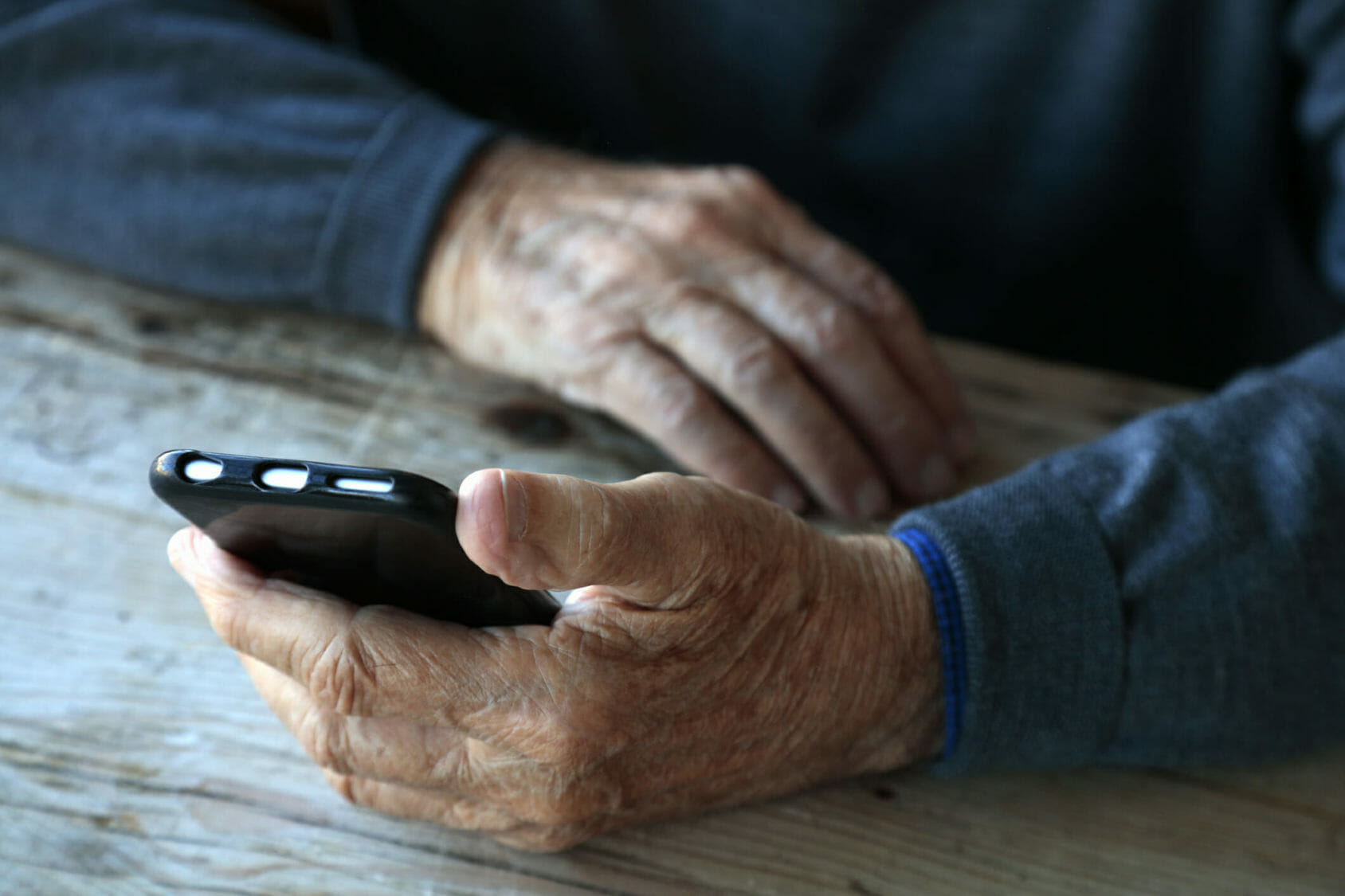
The Centers for Disease Control and Prevention has found no unexpected pattern of adverse reactions to coronavirus booster vaccine shots in data gleaned from users of v-safe, its mobile vaccine event-reporting application.
Users registered with the v-safe app receive surveys after vaccination and may report their experiences. The current data represent more than 22,000 app users reporting between Aug. 12 and Sept. 19 — after the CDC had authorized an additional dose of Pfizer’s vaccine for persons with immunocompromising conditions. About 60% of respondents were between ages of 50 and 74.
People who received an initial series of shots from different manufacturers or a second dose of a Johnson & Johnson single-dose vaccine were excluded from the analysis.
Most users reported local and systemic reactions similar to those experienced after their initial vaccinations, according to David K. Shay, M.D., and colleagues from the CDC’s COVID-19 Response Team.
The reactions were “mild to moderate, transient, and most frequently reported the day after vaccination,” although some responses occurred within the week following the shot, the investigators wrote in an analysis posted Tuesday in the CDC’s Morbidity and Mortality Weekly Report.
The most frequently reported experience has been injection site pain (71%), fatigue (56%) and headache (43%), they noted. About 32% reported that vaccine reactions had affected their health, and 28% said that they were unable to perform normal daily activities — usually on the day after vaccination.
About 2% of respondents said that they had sought medical care , and 13 respondents (0.1%) were hospitalized. The v-safe survey does not collect reasons for receiving medical care or hospitalization. But registrants who report seeking medical attention are contacted by staff at the national Vaccine Adverse Event Reporting System, and encouraged to complete a VAERS report.
Full findings are available on the CDC’s website.




